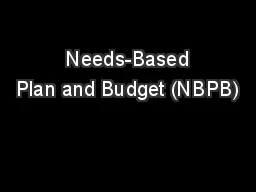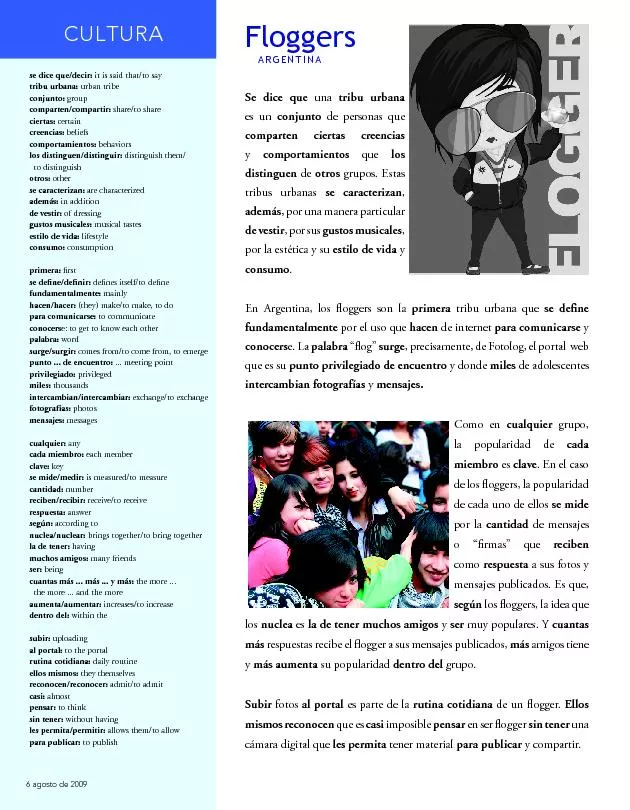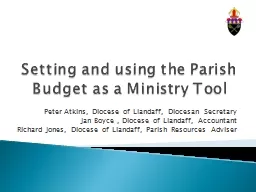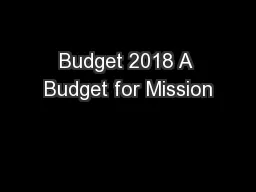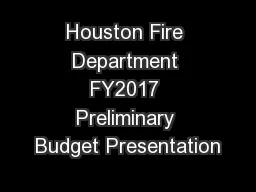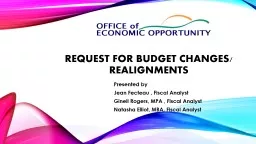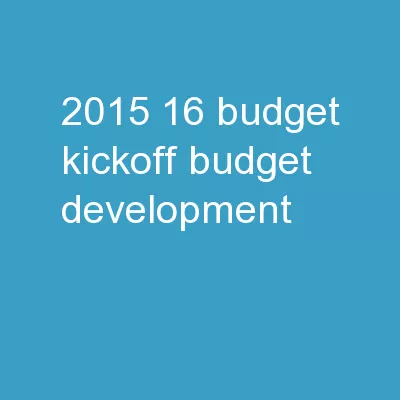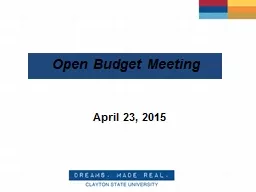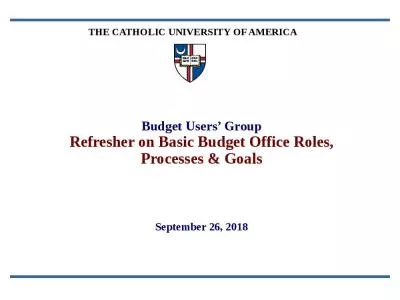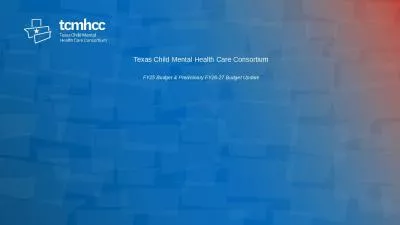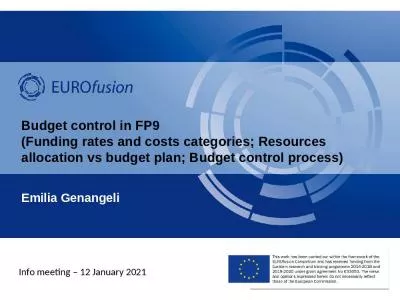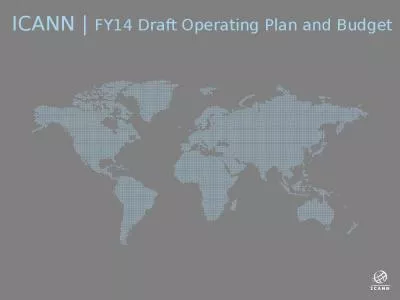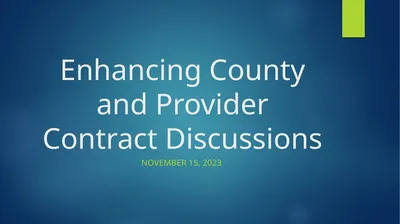PPT-Needs-Based Plan and Budget (NBPB)
Author : cheryl-pisano | Published Date : 2020-04-06
OVERVIEW Agenda Funding Child Welfare Services Human Services Code PA Statute NBPB Cycle Partnering the Process Gathering Analyzing and Planning Identifying Program
Presentation Embed Code
Download Presentation
Download Presentation The PPT/PDF document " Needs-Based Plan and Budget (NBPB)" is the property of its rightful owner. Permission is granted to download and print the materials on this website for personal, non-commercial use only, and to display it on your personal computer provided you do not modify the materials and that you retain all copyright notices contained in the materials. By downloading content from our website, you accept the terms of this agreement.
Needs-Based Plan and Budget (NBPB): Transcript
Download Rules Of Document
" Needs-Based Plan and Budget (NBPB)"The content belongs to its owner. You may download and print it for personal use, without modification, and keep all copyright notices. By downloading, you agree to these terms.
Related Documents

